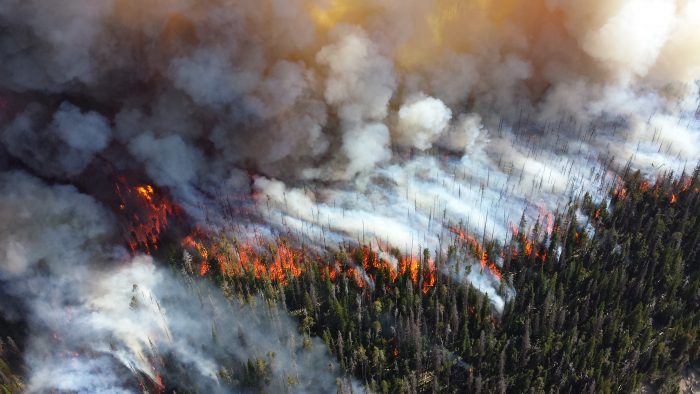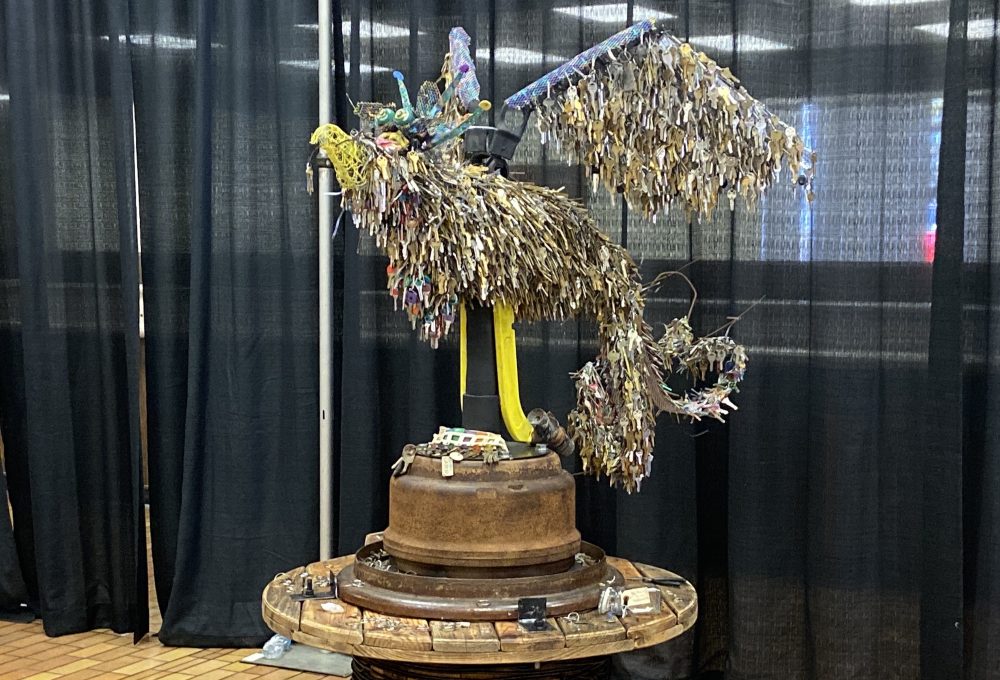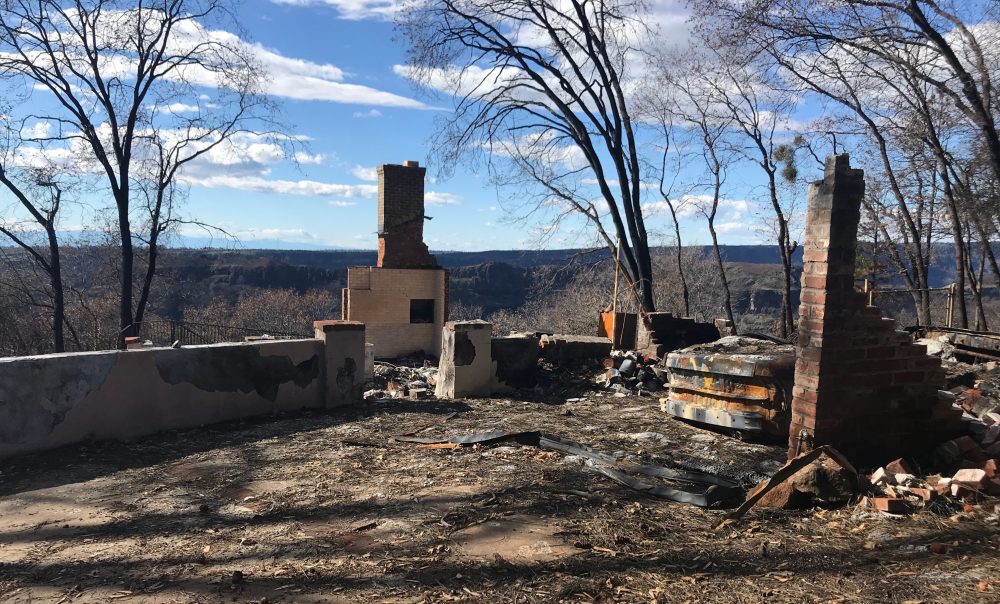California Is Burning, Here’s How You Can Help
2018 is shaping up to be California’s worst year for wildfires in a decade, gaining ground on the 2008 wildfires that burned 1.4 million acres. As of August 20, 2018, there are 17 major active wildfires burning across the state totaling more than 800,000 acres burned, with two of the largest fires in California’s history […]


2018 is shaping up to be California’s worst year for wildfires in a decade, gaining ground on the 2008 wildfires that burned 1.4 million acres. As of August 20, 2018, there are 17 major active wildfires burning across the state totaling more than 800,000 acres burned, with two of the largest fires in California’s history raging in the north: the Mendocino Complex Fire and the Carr Fire.
The Mendocino Complex Fire is a combination of the Ranch and River Fires burning just three hours north of San Francisco in Colusa, Lake and Mendocino Counties. Combined, these fires have burned more than 400,000 acres – making Mendocino Complex the largest fire ever recorded in California. The River Fire has been reported 100 percent contained, while the Ranch Fire remains at 74 percent contained. The latest reports indicate there have been 277 residences and structures destroyed, two injuries, and sadly, one fatality. The Ranch Fire is still actively burning in the north and northeastern portions of the fire area.
At this time, the Center for Disaster Philanthropy (CDP) recommends funding for the Mendocino Complex Fire be directed to:
- American Red Cross
- The Salvation Army
- Catholic Charities of the Diocese of Santa Rosa
- North Coast Opportunities
- Community Foundation of Mendocino Disaster Fund
The Carr Fire is located in Shasta and Trinity Counties, two hours and thirty minutes north of Sacramento. The fire has burned more than 200,000 acres and is 88 percent contained. Reports show that 1,079 residences, 22 commercial structures, 503 outbuildings have been destroyed, and 190 residences, 26 commercial structures, and 63 outbuildings are damaged. This devastating fire has claimed the lives of three firefighters and three civilians. Heavy timber and driven winds keep the Carr Fire actively burning.
At this time, CDP recommends funding for the Carr Fire be directed to:
- Americares
- Lutheran Church Charities
- United Way of Northern California
- Shasta Regional Community Foundation
- Samaritan’s Purse
These fires are so dangerous because of their proximity to the communities they threaten. A strong evening wind can wipe out entire neighborhoods with little warning. Multiple factors, including climate change, housing sprawl, over-population and human error, are increasing the likelihood and intensity of wildfires. When dry thunderstorms light up the sky with lightning strikes, high winds and no rain in sprawling communities, it leaves authorities little room to prevent and combat the fires.
These fires are costly and devastating, not only to the communities they affect, but also to our nation. Since the start of the fiscal year on July 1, California has already spent more than $230 million on emergency firefighting. That’s more than half the state’s annual $442.8 million emergency fund budget.
Meanwhile, the 2018 budget for the USDA Forest Service is $4.73 billion, down $938 million from 2017. This includes $2.4 billion for federal wildfire preparedness and suppression, which is nearly a billion more in funding to combat wildfires today than in the last decade. Without a multifaceted approach targeted at the factors we can change, the fires will rage, lives will be torn apart, and the budget will always be lacking.
If you are a responding NGO or a donor, please send updates on how you are working in this crisis to natalie.worthan@disasterphilanthropy.org.
If you are a donor looking for recommendations on how to help in this crisis, please email regine.webster@disasterphilanthropy.org.
More like this

Climbing a Mountain of Sand

